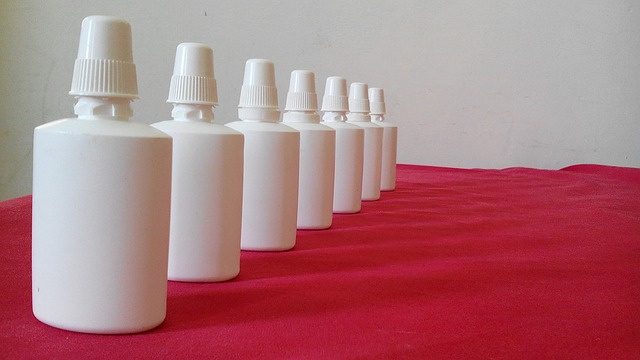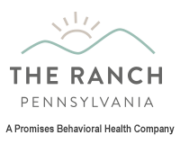Opioid abuse represents the single most damaging trend in addiction today. Those who abuse both legal prescription medicines such as Vicodin and oxycodone, as well as illicit opiates such as heroin, suffer from high rates of overdose and death. Saving the lives of these victims is a top priority, and the newest research indicates that nasal spray may provide a short-term solution to a long-term problem. Naloxone Nasal Spray AntiOp is a Kentucky company whose head is a “renowned expert in nasal delivery of medication,” according to the Fort Mill Times. AntiOp’s newest creation, Naloxone nasal spray, could potentially replace its injectable cousin, which already has a home in emergency rooms, ambulances, and clinics across the country. The National Institute on Drug Abuse of the National Institutes of Health recently awarded AntiOp with $3 million in funding over the next three years to develop a nasally administered version of the drug, which has the potential to save thousands of lives every year. Currently, over 16,000 people die every year from prescription opioid abuse, according to the Centers for Disease Control and Prevention. Hundreds of thousands more visit emergency rooms across the country because of opioid overdose — about 800,000, according to the CDC and others. Although first responders administer Naloxone already, because opioid abusers also often carry the HIV virus or hepatitis, the risk of contracting one of these dangerous diseases is high. As a result, a nasally administered version of Naloxone has the potential to protect thousands of medical professionals worldwide. How Naloxone Works Naloxone counteracts the effects of opioids in the central nervous system, which shuts down breathing during overdose. It is only effective against opioids; it has no effect in an opioid-free person. It is easily administered — emergency personnel often put the drug into an atomizer instead of injecting it intravenously — which has benefits and drawbacks. The benefits are clear: emergency room personnel are safer when they don’t have to help a hepatitis- or HIV-infected opioid overdose victim with a needle. However, making Naloxone into a nasal spray may mean that an addict or an addict’s enabler may reduce the likelihood of the individual getting treatment for substance abuse. Although studies have demonstrated that access to Naloxone is not likely to make an addict do even more drugs, its effects on long-term sobriety goals are unknown. What do you think? Is this trend a good one, even for the short term? (Photo via)

